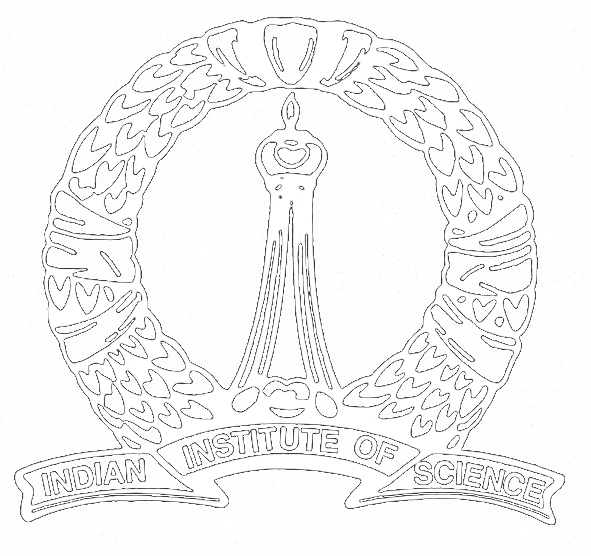Department of Mathematics
Indian Institute of Science
Bangalore 560 012
SEMINAR
|
Speaker |
: |
Professor Marius Tucsnak |
| Affiliation | : | Nancy Universites-IECN INRIA-CORIDA |
|
Subject Area |
: |
Mathematics
|
|
Venue |
: |
Lecture Hall - I, Dept of Mathematics
|
|
Time |
: |
11.00 am
|
|
Date |
: |
August 22,2008 (Friday) |
|
Title |
: |
Self-Propelled Motions of Solids in Viscous Fluids: Mathematical Analysis and Control Problems |
| Abstract | : |
The aim of this
presentation is to highlight some recent advances on the mathematical
analysis and the control of self-propelled motions of solids in a fluid. We
study a model consisting in a solid undergoing an undulatory deformation,
which is immersed in a viscous incompressible fluid. The motion of the fluid
is governed by the incompressible Navier-Stokes equations and the standard
conservation~Rs laws of linear and angular momentum rule the dynamics of the
structure. The time variation of the fluid domain (due to the motion of the
structure) is not known a priori, so we deal with a free boundary value
problem. The displacement of
|
